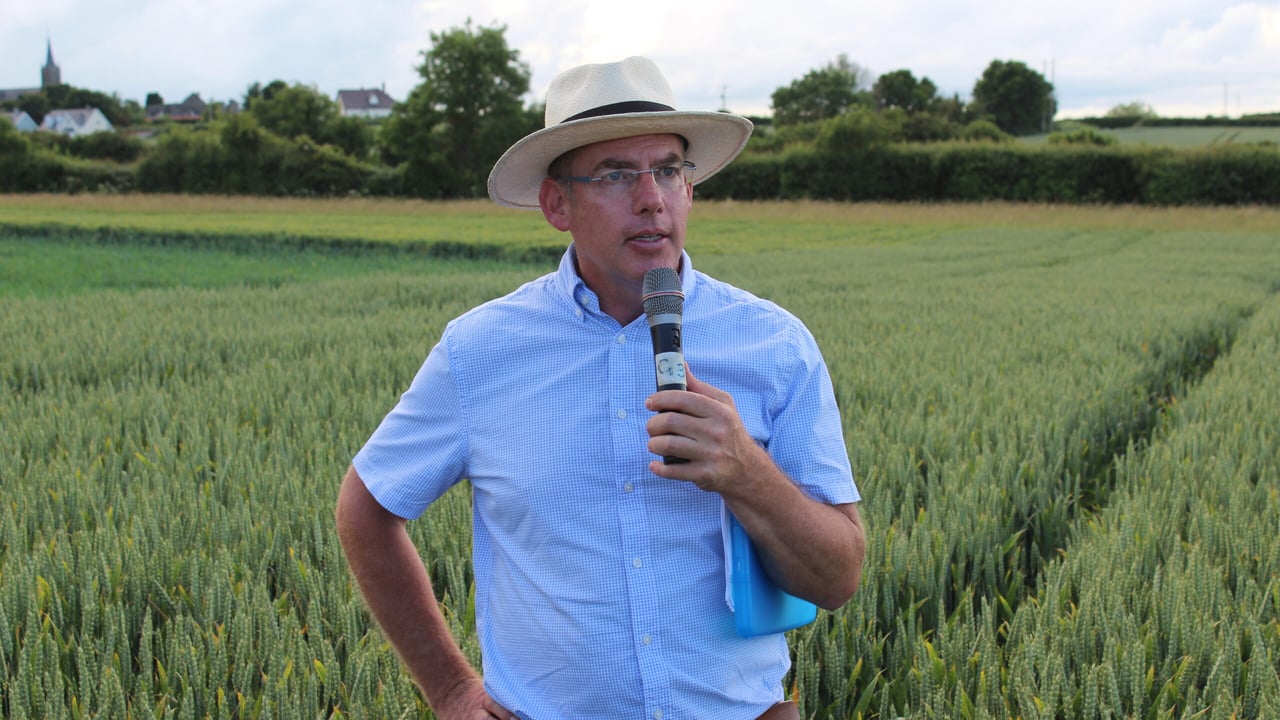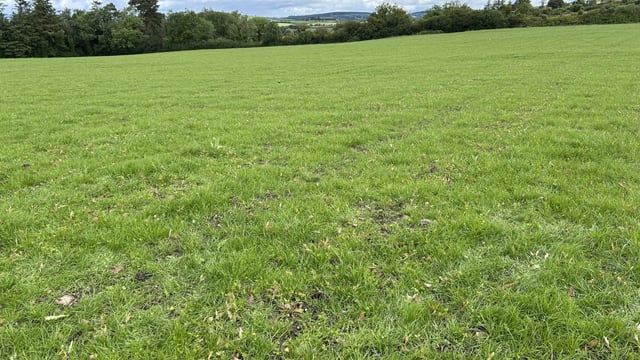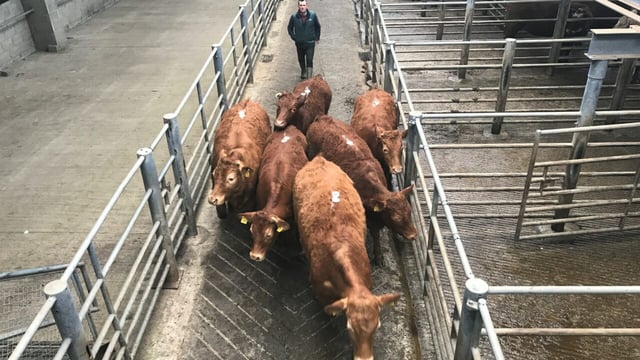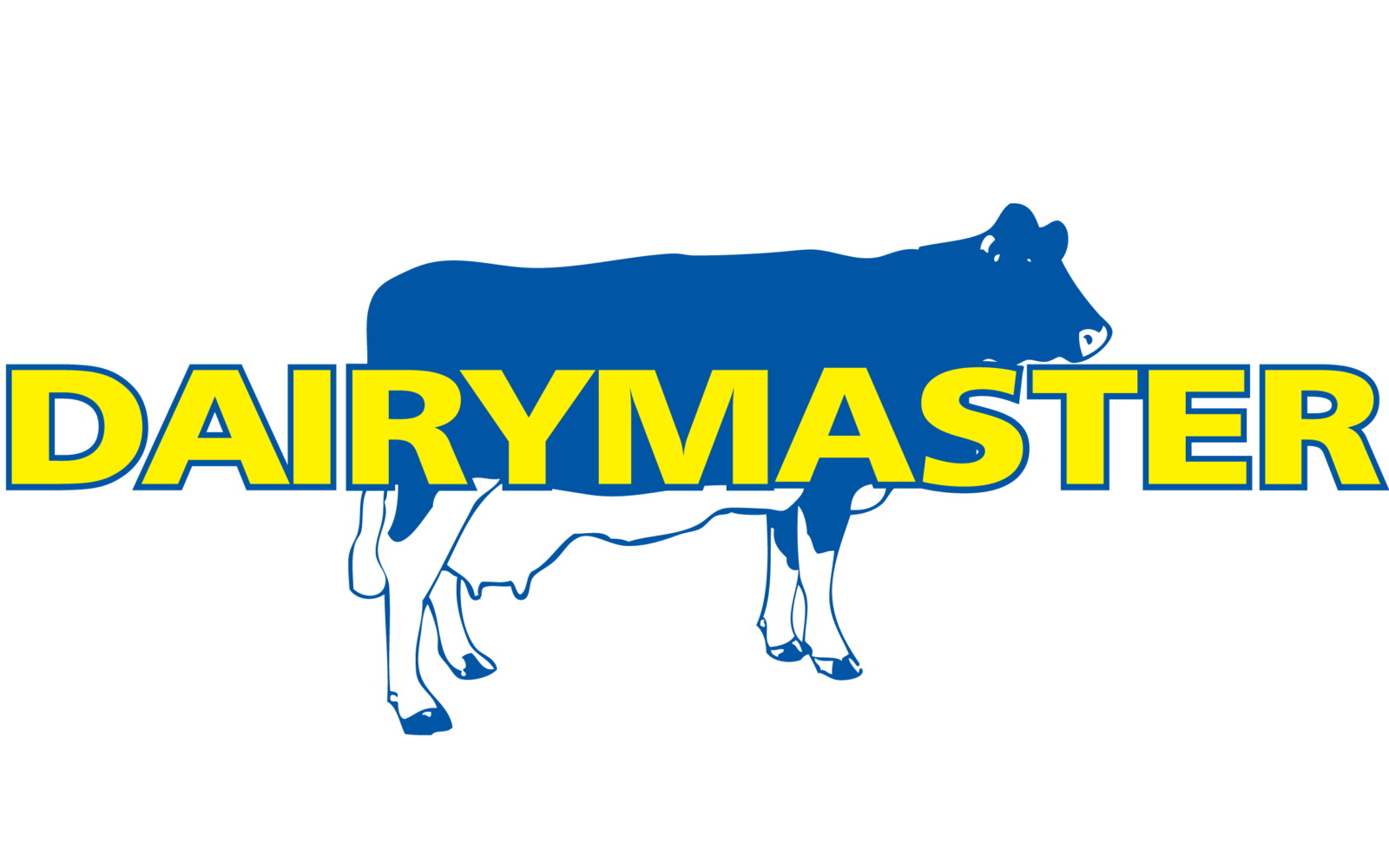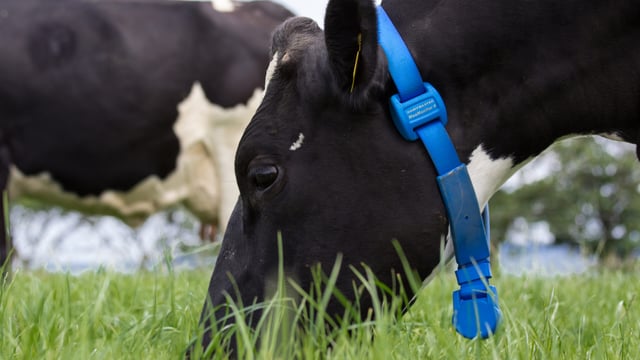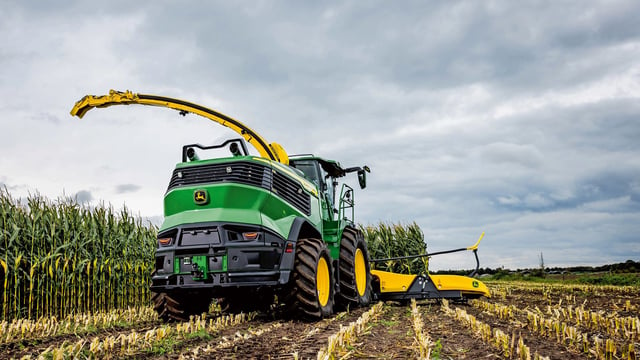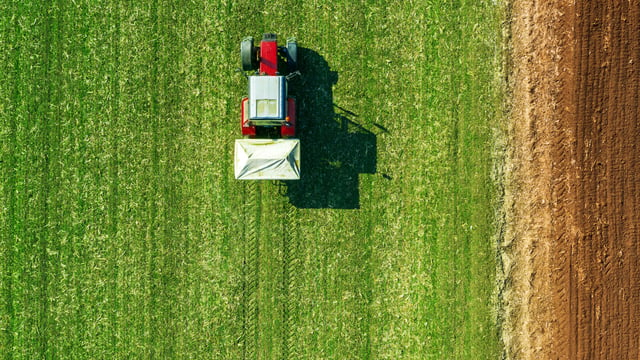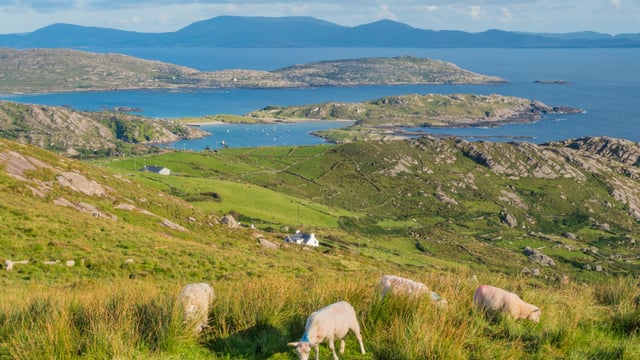The potential impact of yellow rust disease on Irish wheat production
The threat posed by yellow rust disease to Irish wheat crops has been characterised as both complex and evolving by Goldcrop cereal variety manager, John Dunne.
He explained: “Up to this point, yellow rust has been a disease with a very clear geographic footprint in Ireland. It impacts, for the most part, on crops grown along the eastern seaboard.
“And there is a very clear rational for this. The attacking fungus prefers regions that are slightly cooler with relatively higher humidity levels.
“In addition, crops grown on these coasts are more predisposed to windborne fungal spores coming across the Irish Sea form Great Britain.
“If sand can be carried by prevailing winds from the North Africa to Ireland then the challenge of fungal spores making their way across the Irish Sea can be put into perspective very easily.”
Higher relative temperatures recorded over seven of the last eight months can also partly explain the rise in the threat posed by yellow rust to Irish wheat crops in 2025.
Dunne said: “I have been monitoring three weather Irish stations since last October, and the data generated clearly shows that - January apart - monthly temperatures have been on the rise, year-on-year.
“This set of circumstances has facilitated yellow rust. And it has also increased the Barley Yellow Dwarf Virus (BYDV) threat impacting on cereal crops.”
Yellow rust-resistant genes
Adding to all of this has been the confirmed breakdown of the Yr15 gene, which up to this point had been delivering a high degree of protection against yellow rust in a number of winter wheat varieties.
The issue was first identified by Agricultural and Horticultural Development Board (AHDB) scientists in north-east England earlier this year.
Dunne said he has been monitoring that "fast-evolving situation" ever since, as Goldcrop grows a number of new crop varieties for AHDB at its Irish trial sites
“We now know that the issue of the Yr15 gene breakdown is now a reality in the UK, Ireland, Denmark, and The Netherlands," Dunne said.
“But this is a very complex issue. Disease resistance can be provided by a single gene or a number of specific genes working in association with each other.
“Plant pathologists at the UK’s National Institute of Agricultural Botany are striving to identify what has actually happened with regard to Yr15’s interaction with new yellow rust variants.”
According to the Goldcrop representative, these recent developments will be of direct interest to plant breeders and the wheat development programmes they follow into the future.
“The yellow rust issue was a major talking point at our recent open days," he said.
Dunne added that as the situation is still rapidly evolving, it is "still too early to gauge" how it will impact on Irish wheat production.
“But one thing is already clear. There will be an elevated number of yellow rust spores in the Irish environment over the next two years.
"And Irish tillage farmers will have to take full note of this reality as they plan their future crop protection programmes,” the Goldcrop representative added.

